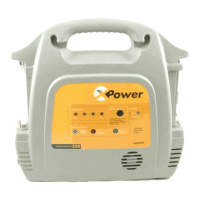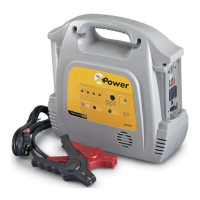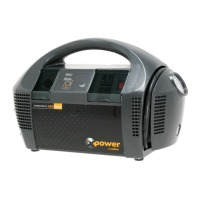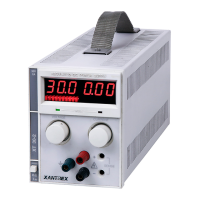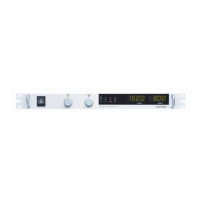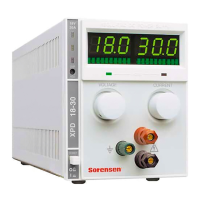
Do you have a question about the Xantrex XPD 120-4.5 and is the answer not in the manual?
| Brand | Xantrex |
|---|---|
| Model | XPD 120-4.5 |
| Category | Power Supply |
| Language | English |
Details Xantrex's commitment to repair or replace defective products under warranty.
Provides contact information and procedures for obtaining warranty service and troubleshooting.
Lists exclusions from the limited warranty, such as misuse, damage, or unauthorized repairs.
Identifies the target audience for the manual, assuming basic electrical theory knowledge.
Indicates where to find information about updates and revisions to the manual.
Provides an overview of the XPD Series DC power supplies and their capabilities.
Highlights key features like digital displays, PFC, and analog programming.
Details the displays, LEDs, indicators, and controls on the front panel of the power supply.
Describes the various connectors and ports located on the rear panel of the unit.
Lists detailed electrical parameters, performance metrics, and tolerances for the power supply.
Covers specifications not included in the main electrical list, like rise time and hold-up time.
Specifies the requirements and conditions for AC input power, including voltage and frequency.
Details other operational characteristics such as OTP, OVP control, and switching frequency.
Explains how to program and monitor the power supply remotely via analog or digital interfaces.
Outlines operating and storage conditions, including temperature, humidity, and altitude limits.
Describes the physical dimensions, mounting, weight, and approvals of the power supply.
Introduces the section on inspecting, installing, and testing the power supply.
Provides a step-by-step guide for the fundamental setup and connection of the power supply.
Details initial checks, cleaning procedures, and handling of packaging materials.
Outlines the process and requirements for returning a unit for service or repair.
Gives instructions on how to properly pack the unit for shipment or storage.
Advises on suitable placement, mounting options, and ensuring adequate airflow for the unit.
Explains how to safely connect the power supply to the AC input power source.
Describes procedures for verifying basic operation and front panel functions.
Provides recommendations and guidelines for connecting the load to the power supply.
Explains the concept and procedure for using remote sensing to improve regulation accuracy.
Provides specific guidance on wiring for remote sense connections to ensure safety and performance.
Introduces local control mode operation using the unit's front panel.
Covers basic operating modes like Constant Voltage and Constant Current.
Describes how the power supply operates and automatically switches modes.
Details how the power supply operates in Constant Voltage mode.
Explains the functionality and behavior in Constant Current mode.
Guides the user on how to adjust and set the output current limit.
Instructs on configuring the supply to operate specifically in Current Limit (CI) mode.
Explains the default factory configuration for local front panel operation.
Details how to use and configure the Over Voltage Protection feature.
Explains how to use the remote shutdown feature for safety and control.
Describes how to configure units for master-slave operation and tracking.
Introduces operating multiple power supplies in series or parallel configurations.
Details how to connect units in series for higher output voltage.
Explains how to connect units in parallel for higher output current.
Guides on setting up units for split supply operation (positive-negative).
Provides troubleshooting steps for common operational issues.
Outlines immediate actions to take in an emergency situation.
Offers troubleshooting steps for when the unit behaves unexpectedly.
Refers to checks for normal operation and external troubleshooting.
Introduces remote operation capabilities using analog or digital interfaces.
Refers to separate manuals for setup and operation of digital remote programming.
Explains controlling output voltage and current using external analog sources.
Details how to read back output values and understand status indicator flags.
Explains the meaning of various status flags indicating the unit's operating state.

